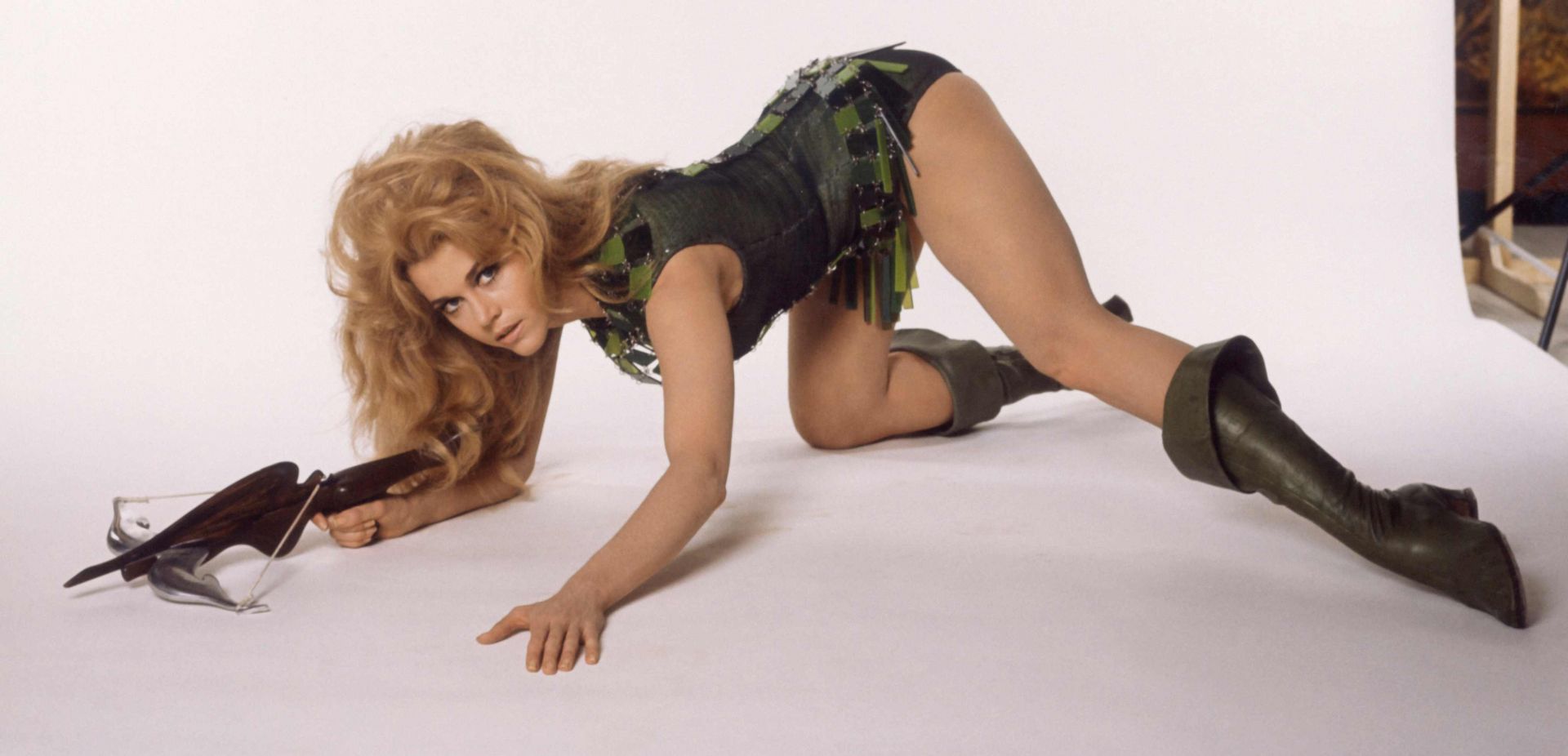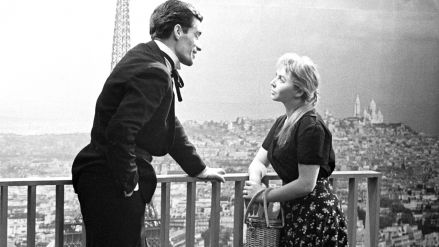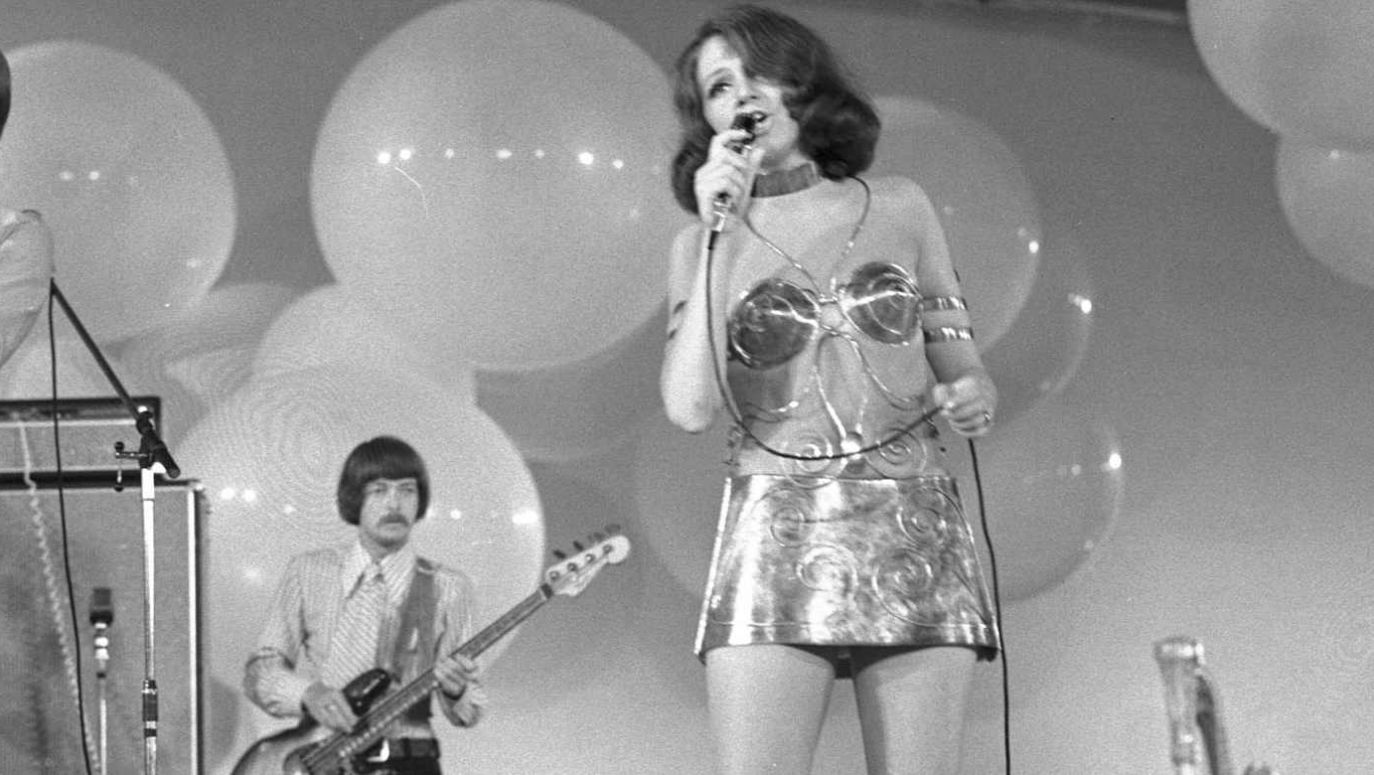
"My clothes are like weapons. When you zip up a dress, it makes the sound of a revolver being unlocked," is how Paco Rabanne described his creations. And indeed - he made a splash with it. Even though the dresses he proposed were heavy, uncomfortable, hurtful to the delicate female body, and terribly expensive to produce - he was still a success. He had simply hit his time. The Cold War. He died on 3 February this year, at the age of 88.
 SIGN UP TO OUR PAGE
SIGN UP TO OUR PAGE
 Anyway, by the mid-1960s, the world was crazy about 'modernity' in interior design and ladies' attire - men proved more resistant to clothing utopias. However, even avant-garde women were reluctant to wear dresses made of transparent plastic....
Anyway, by the mid-1960s, the world was crazy about 'modernity' in interior design and ladies' attire - men proved more resistant to clothing utopias. However, even avant-garde women were reluctant to wear dresses made of transparent plastic....

That is, a play about the yearnings of an entire generation and the compliments that drive men to seek beauty in themselves.
see more




